A solar-powered, 3D printed cart could revolutionize water collection in developing countries

It could save people a lot of time and effort and make their life much easier
It could save people a lot of time and effort and make their life much easier
663 million people worldwide lack access to clean water, with the vast majority (84%) of them living in rural areas in Sub-Saharan Africa as well as in south-east Asia and India. Due to a limited water supply network in these countries, people (more often women) have to carry water containers for long journeys- the average round trip is a whopping three miles- while in places affected by drought, the total distance can increase to about 15 miles!
An innovative device though, could provide an easy and instant solution to this problem, as it doesn’t require the creation of more water sources or the expansion of the supply network of existing ones. Jose Paris, a former car designer currently based in London, has developed the watt-r, a solar-powered, partially 3D printed cart that could ease water distribution even in harsh climates and terrain. The low-cost machine, capable of holding up to 12 20-liter containers of water, is equipped with a small 150-watt electric motor, allowing users to carry water in a more effective way. It can also be used to recharge mobile phones or other small electronic devices. “The key thing is now you can add just a little bit of 21st-century technology, and all of the sudden, something from the 19th century becomes super modern,†said the designer, who believes that something as simple as a cart could make a huge difference where it is needed most.
Its benefits
- It is designed to travel at walking speeds across mostly flat areas
- It is capable of storing 240L water in containers
- It can also be used to transport other goods like crops, medicines, and other cargo
- One operator can apparently carry out the work of 25 walkers
A prototype has already been constructed, and Paris plans to test it in Kenya soon, in order to receive user feedback to refine the design. “It would be very easy to think about an autonomous version, for instance, or to think about installing more power or adding batteries,†he said. “This mission creep is something that I’m very used to after working so many years in the car industry—it’s very typical, somebody always has something else to add. This is an exercise in really paring everything down as much possible and being very conscious of it.†Regarding its cost, the device would still be quite an investment for the average person in a developing country, but Paris estimates it could pay itself off in about three years.

An early prototype of the watt-r
Source: 3Ders
Source: 3Ders
Want to read more like this story?
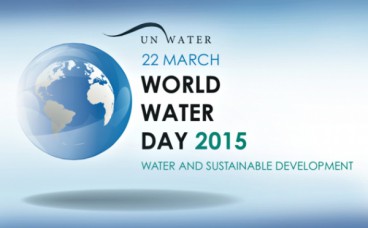
March 22nd is World Water Day!
Mar, 22, 2015 | NewsSince 1993, the United Nations has designated March 22nd of each year as World Water Day, a day dedi...
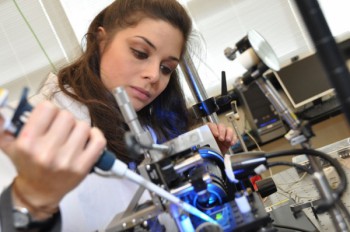
Researchers have developed a miniaturized water quality sensor that can monitor drinking water quality in real time
Oct, 03, 2017 | NewsThis tiny and inexpensive device -built using a 3D printer- can be deployed anywhere in the water di...

Thames Water Accelerates Plans to Secure South East's Future Water Supply
Jun, 07, 2024 | NewsToday marks a significant step in securing the future water supply for the South East as Thames Wat...

SuntoWater generators produce 150-400L of potable water per day out of thin air
Mar, 06, 2017 | NewsThey can be powered by solar or solar plus grid power They can be powered by solar or solar plus...

Next generation reverse osmosis water purifier
Nov, 16, 2016 | NewsWaterO brings highly-filtered drinkable water to the kitchen table WaterO brings highly-filtered...

This powder offers an innovative solution to water purification
Aug, 11, 2017 | NewsA small Japanese company has developed a special powder that could improve water quality in developi...

Ancient engineering methods to address water shortages
Jul, 31, 2019 | NewsAccording to a new study, published in Nature Journal, a 1,400-year-old system of canals that divert...
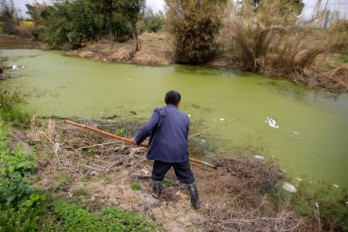
More than 80% of underground water in China is heavily polluted
Apr, 12, 2017 | NewsIndustrial pollution and farming has rendered it unsuitable for human use Industrial pollution an...
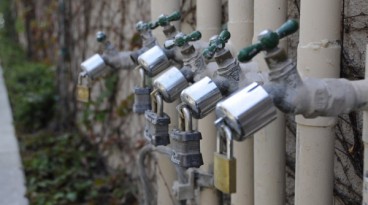
Water scarcity: Cape Town is running dry
Feb, 20, 2018 | News‘Day Zero’ approaches, when the city’s water taps will be turned off in Mid-May â...
Trending
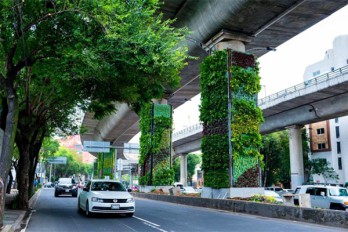
Vertical gardens in Mexico City to combat pollution

Characteristics of Load Bearing Masonry Construction

Taipei 101’s impressive tuned mass damper

Dutch greenhouses have revolutionized modern farming

The Line at Neom faces feasibility reassessment while construction continues

The Line at Neom faces feasibility reassessment while construction continues

King Salman Gate unveiled adjacent to Mecca’s Grand Mosque

